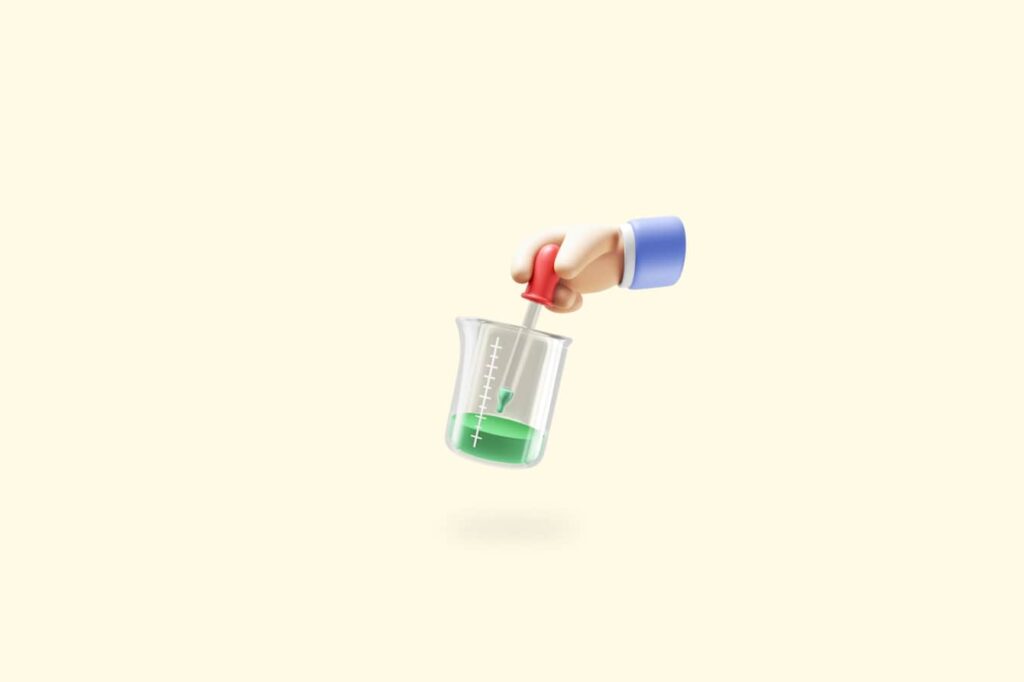Prefer headphones? Take a listen to this post on the Snackable CX podcast.
A customer-centric business that meets customers in their preferred channel doesn’t end with an omnichannel approach. Meeting the evolving needs of customers (and ensuring you show up in those preferred channels again) means hearing from the customer.
Customer follow-up is when you or a representative of your company reaches out to talk to recent customers. These meetings generally take place on a phone call after a survey has been filled out online or in text. Following up with customers one-on-one is not about selling new items. Rather, it’s a prime chance to resolve issues that persist after the sale and gain valuable insight into areas for improvement.
Learn why customer follow-up is crucial in a modern customer journey and how to implement noninvasive follow-up tactics to boost customer satisfaction and loyalty.
Why is customer follow-up crucial?
Customer follow-up is mission-critical to business growth and customer experience for a few reasons:
Customer follow-up is a chance to solve problems early.
Let’s say you launch a product. Then, you follow up with some of the early adopters. When they tell you about a problem, you can begin solving it right away rather than waiting months or years for the product to underperform before determining why and finding a solution. Gathering user experience data from first-hand sources like interviews is the best data you can gather.
Customer follow-up meetings get higher quality feedback compared to digital surveys.
Talking to customers one-on-one allows for spur-of-the-moment questions. These in-the-moment questions lead to deeper dives into responses that would have been left off of a survey. And, talking to them over the phone also results in a wider demographic responding and providing feedback because 97% of adults have phone service, while 77% have internet service.
That is not to say surveys shouldn’t be utilized! Following up every interaction with an automated survey will gather the most data (and highlight trends quickly), priming a great interview on the phone.
Customer follow-up keeps the brand top of mind.
Reaching out for feedback after the sale is complete gets people thinking about you again. Keeping you top of mind in this way is often referred to as The Rule of Seven—an old marketing tactic from the 1930s movie industry. Movie industry experts found that repetition increased the chances of someone coming in to see the movie. Now, the goal is to repeat your brand or product to the customer (though things like follow-ups, emails, social media) enough times so that they have to come back.
In this tactic, follow-up interviews or surveys become not just a cog in the wheel of customer experience, but also a key contributor to marketing.
Customer follow-up builds brand loyalty.
According to Statista, in 2020, 40% of customers stopped doing business with a brand due to poor customer service. And 66% said good customer service was very important to their choice of brand.
Good customer service includes customer follow-up. And providing this level of service increases the chances that a customer will stay with your brand.
3 ways to follow up with customers based on their feelings after the sale
Following up with a customer can be done either after they respond to a feedback survey or after they buy your product or service. Choosing which is best (either after the survey or product) depends on how they feel about the transaction. So what you know about them will inform how you reach out and how you come to the meeting.
1. Offer an asynchronous survey for unknown customers.
If you’re uncertain how the customer feels, gain insight into their emotions and thoughts about your company first. Send a survey they can fill out in their own time with questions about how the product is working, how the checkout was, their overall satisfaction, areas for improvement, and if they would be comfortable with a follow-up meeting. When they fill out this survey, you’ll understand how they feel, which makes you better prepared for a follow-up appointment should they want one.
Pro tip: Use a real-time survey feedback tool like Survey Dynamix to not only reach customers with a survey in their preferred channel, but to get notified immediately (via Slack, Teams, or email) when a customer is willing to talk more. The immediacy will allow your managers and UX or CX researchers to follow up while the customer’s experience is still top of mind.
2. Encourage a one-on-one phone call for unhappy customers.
As we mentioned above, customer loyalty is highly dependent on customer service. So, if you know you have an unsatisfied customer, try to get them into a meeting with a real person who can go over why they’re dissatisfied. Though a survey can help you gain insight, skipping the survey to get right to a person can often miss a major pain point customers have—not finding a live agent.
In this meeting, you can learn what went wrong with the product or service to improve this process for future customers. And you can make the relationship right with the current customer, decreasing the chances of them looking for another company.
Pro tip: Make it easy and convenient for unhappy customers to call you! This should never be seen as “We’ll call you as soon as we can.” Quite simply, this is stripping the customer of their control. Use a CX platform like Mindful to allow the unhappy customer to schedule a call directly with your CX managers to turn a potential detractor into a promoter.
3. Ask for reviews from happy customers.
If you know the customer is happy, send a request for reviews so they can share their satisfaction with other potential customers! It’s also not a bad idea to ask if they want to leave more detailed feedback as happy customers may feel less opposed to spending extra time with your brand.
Tips for a good customer follow-up strategy
A good customer follow-up strategy will use tactics that help you obtain actionable feedback that improves your products or services. In addition, it should aim to improve the customer’s experience or perception of the brand by solving issues and answering their questions.
- Do not harass the customer. Don’t rapid-fire emails or send dozens of texts, as this could turn customers off your brand.
- Give them added value for responding. Offer a coupon, gift card, or gift as thanks to the customer who’s taking time out of their day to help.
- Create an individual goal for each meeting. Determine why you’re following up with this particular customer—for example, to solve an issue they have with the product or learn how you can improve your product or service.
- Follow up soon after the interaction. While it’s important not to harass customers, follow up quickly after an answered survey or a purchase to keep the experience fresh in their minds. Utilize a real-time feedback tool to become aware quickly, and allow the customer to schedule a call at their convenience.
Overall, keep in mind that the customer will be spending their time, for free, helping your brand learn and improve. So think about creating a list of approved actions you can take during the meeting should something unexpected come up—like a broken product or a highly dissatisfied customer.
Summing up
Obtaining customer feedback is vital to creating a better product and happier customers. Follow-up calls can result in more comprehensive feedback than surveys. And, they can provide a faster resolution to issues compared to extended back and forth emails or texts.
Eager to step up your CX? Use Mindful to produce customers who are respected, heard, and happy with. Mindful allows customers to schedule a follow-up at their convenience using best-in-class CX and callback technology. Customers can choose a time that works for them, then talk to a live agent about their thoughts, issues, and desires.
Mindful makes it easy to transition customers between talk, web, and text, making the customer journey seamless. Watch a demo to see it in action.





